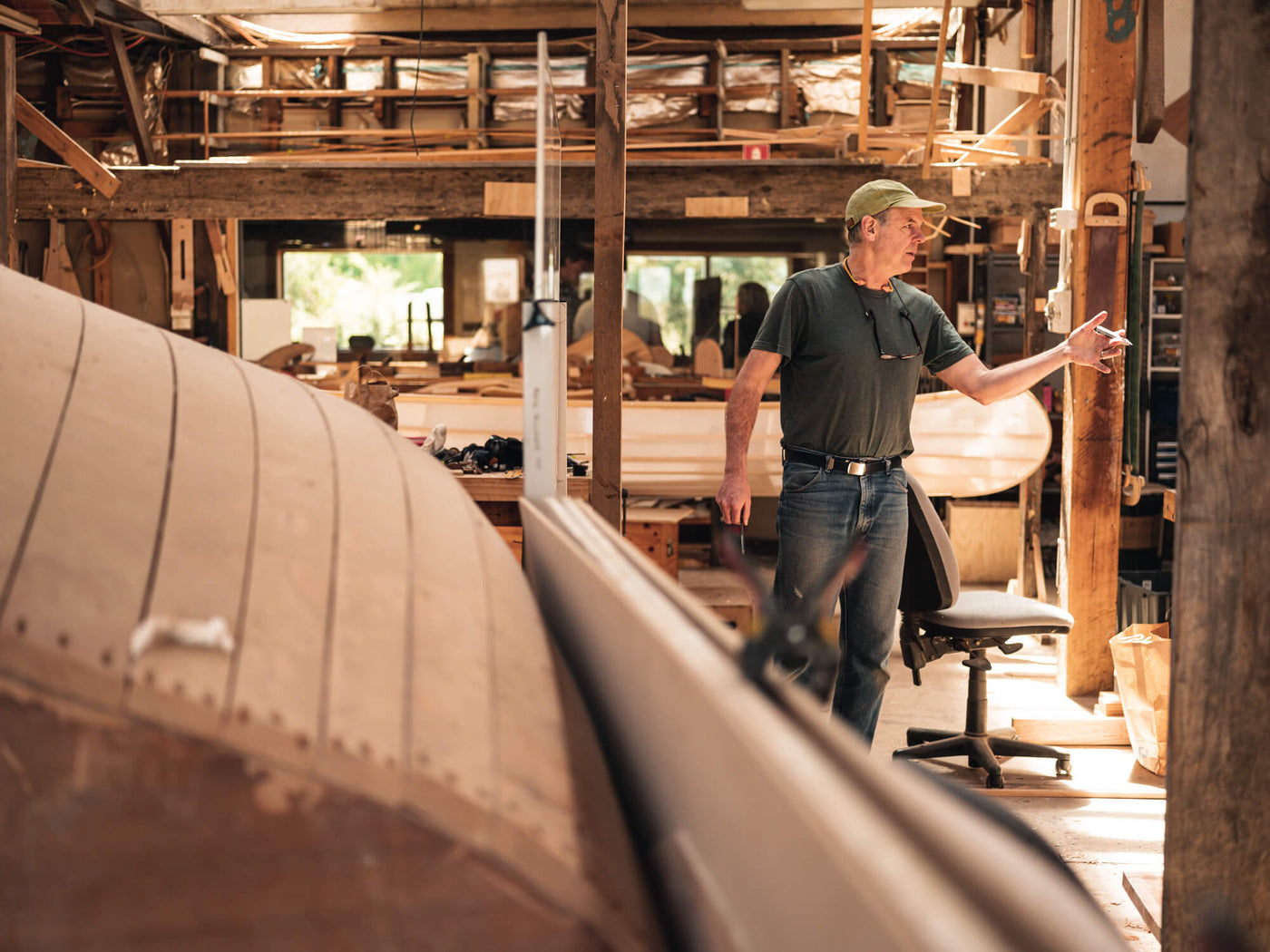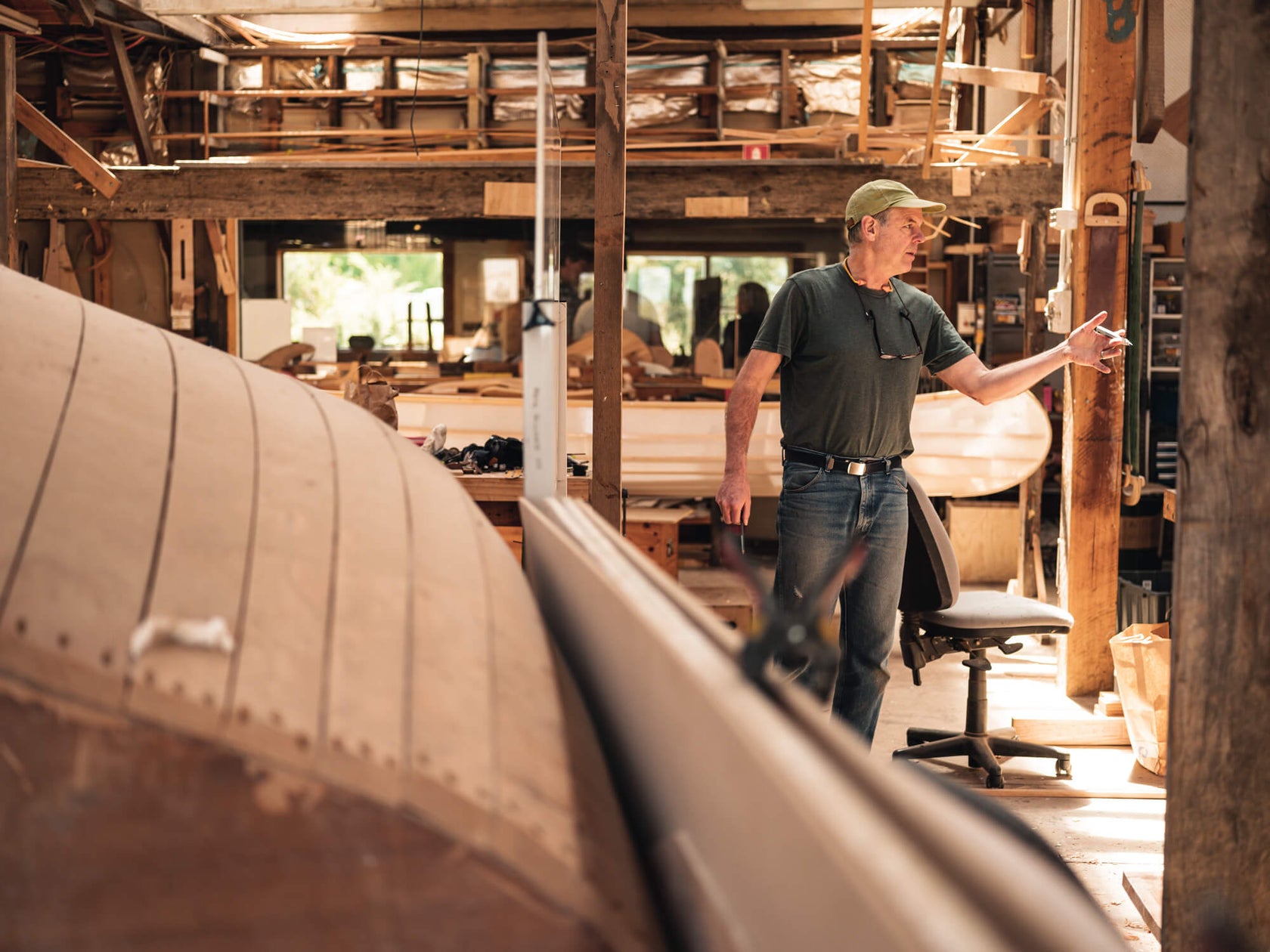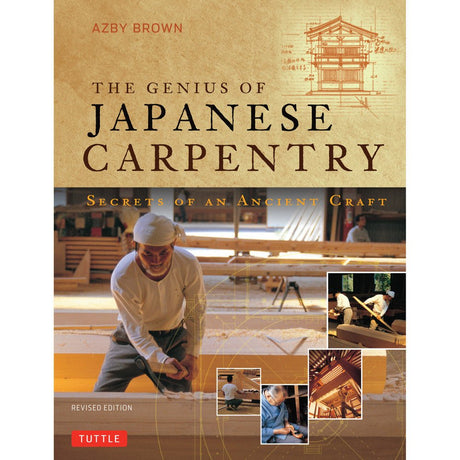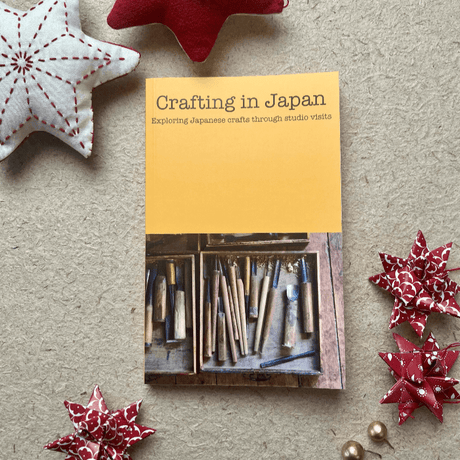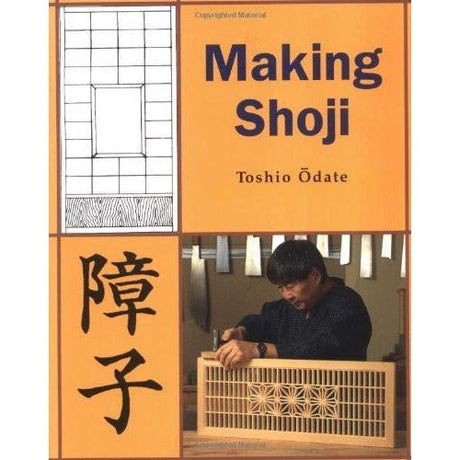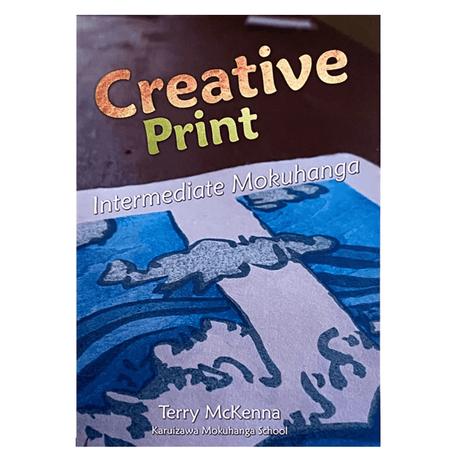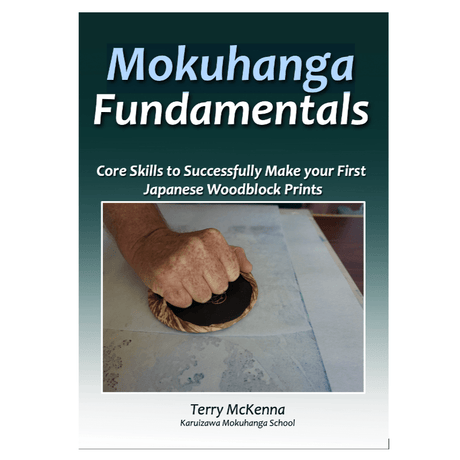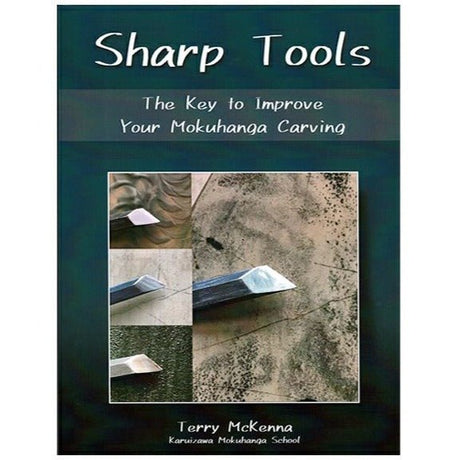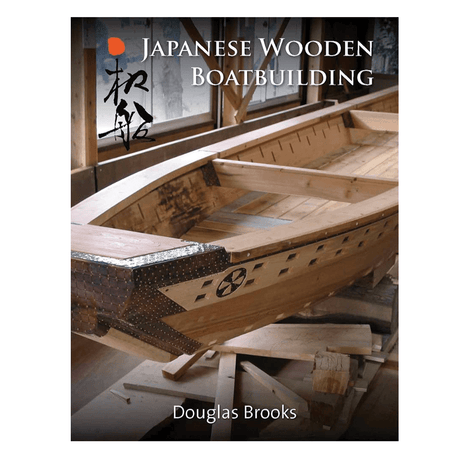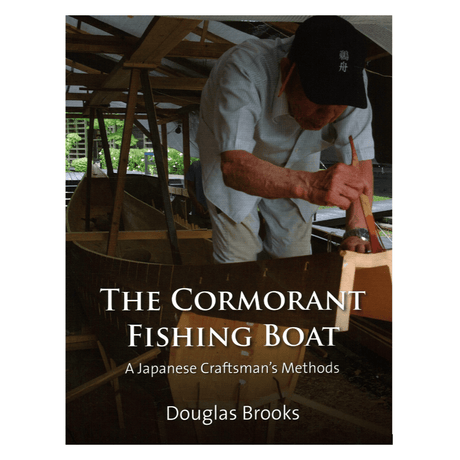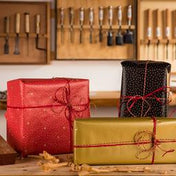Japanese Tools Australia is extremely proud to partner with Douglas Brooks, the Australian Wooden Boat Festival and the Wooden Boat Centre to present the first ever traditional Japanese wooden boat building class in Australia.
Two classes will be run, the first in February 2023 at the Australian Wooden Boat Festival in Hobart, and the second in March 2023 in the JTA Workshop in Sydney.
As this class is a significant commitment to make, we have below posted the seminar that Douglas held last year via Zoom. His experience is obvious and passion infectious - we hope you will be able to join us for one of the courses in 2023!
Further below the video, Douglas recounts his experience of learning to build the Honryusen, the boat we will be building in both classes.
Documenting the Honryusen
In the fall of 2019 I traveled to Japan to build boats with a pair of elderly craftspeople. First and foremost, our goal was to completely document the building of a river boat, including the design and construction techniques. This was the continuation of research I have undertaken since 1996, when I did my first apprenticeship with a Japanese boatbuilder. In the years since I have studied with more craftspeople, documenting different types of boats from throughout Japan. All of my teachers, including the one we worked with on this project, were in their seventies and eighties. Of my seven previous teachers I have been the sole apprentice for five of them.
Joining me was Nina Noah, Director of Student Affairs and Outreach for The Apprenticeshop in Rockland, Maine. Nina came to assist me and experience learning in the Japanese apprentice tradition.
Benjamin Meader, a former student of mine at Middlebury College, offered to pay his own expenses to join us to digitally document our work. He experimented with photogrammetry when we traveled on weekends to measure traditional boats.
We rendezvoused in Tokyo November 1, 2019 and headed by bullet train to Niigata City. There my old friend Yoko housed us in the old family home that stands behind her late father’s patternmaker’s shop. We commuted daily out to Mr. Nakaichi Nakagawa’s shop on the outskirts of the city. Nakagawa, age eighty-two, built wooden boats only at the outset of his career. Some were large sand dredges he built with his father, before switching to steel construction. He and his father also built a variety of smaller boats used by rice farmers in the era when roads were rare and crops were transported through canals by boat.
The type of boat we built is called a honryousen, best translated as “real fishing boat”, a type used primarily for fishing. The bottom had a very slight rocker and the bow and stern planks were joined to it with a tongue and groove joint. The only framing was a single beam set between the side planks near the stern. Two other timbers were set between the hood ends of the planks fore and aft and bolted to the bottom. We fitted a series of planks aft of the beam to form a thwart.
Nakagawa’s father built his suite of boats with no drawings, relying instead on memorized dimensions and patterns for plank angles. For this boat, Nakagawa followed a researcher’s drawing based on a historic boat. The researcher had recorded just the minimum number of dimensions needed; there was nothing like a table of offsets. Most Japanese boatbuilders use dimensions at no more than three stations, and station locations are not standardized.
Our tools and techniques were absolutely traditional. We fitted all planks using special handsaws and fastened the boat with blacksmith-made nails. These are flat steel and require a special set of chisels to pilot rectangular holes.
Nakagawa did something extremely interesting – I had never seen it done before – when laying out the sheer. We stretched a string from the hood end at the bow to the hood end at the stern. Nakagawa marked a single height amidships, a point where the string stood several inches away from the curved plank and above his mark. He then stood across the boat and positioned himself until his eye was in line with the string and his mark. He then gave me his bamboo pen, and carefully shifting his gaze fore and aft, guided me until I had the pen against the side planking in line with the string in his line of sight. He didn’t move, and kept glancing back to his midships mark to make sure his eye remained at the same level. We continued this until I had made a series of marks forming a fair sheer line. Some readers may recognize this as something called a planar sheer.
As predicted, we finished the boat in a week. We had time to stay and participate in a small symposium where the boat was displayed and then we traveled up the Shinano River to measure other types of river boats and interview a former boatbuilder.

